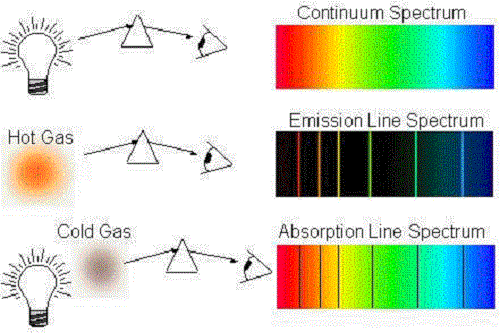Radiation is a form of spatial energy present in the form of waves that are invisible. The radiant energy consists of various power intensities and wavelengths. The other forms of radiation energy are light, microwaves, and infrared heat. Toasting and broiling involve low levels of radiant energy to cook food. The radiation used for preserving the food is ionizing radiation which is otherwise called irradiation. The short wavelengths of radiation damage the microorganisms which can spoil the food and destroy it. As most of the food supply is destroyed because of insects and spoilage, since 1950 scientists determined that irradiation was a way to preserve food.
Irradiation can only decrease the number of bacteria that exist in the food. Irradiation does not take away all the bacteria living in the food. The poultry that is irradiated also needs to be frozen, but it needs more time to get spoiled than the poultry that is not irradiated. It has been observed that  strawberries that were irradiated could be preserved unspoiled for a few weeks in refrigeration while those that were not would be spoiled in a few days.
The food that is irradiated will be safe from spoilage. The irradiation will kill the fungi, insects, and bacteria that can cause illness which is food borne. The food can be kept unspoiled after irradiating it. The crops can be stored using some chemicals, and irradiation can replace the chemical treatment. The quality of the fruit can be maintained better with this procedure. This method is not a cure for all the problems associated with food. The irradiated items additionally have to be kept safely and handled effectively by the food industry as well as the customers.
Spices and other herbs are not treated with heat to remove any microbes from them as the heat will eradicate the aroma and flavor from them. So they are usually fumigated with ethylene oxide. However, fumigation may damage the outside atmosphere. Hence, irradiation is an effective alternative for fumigants.












Leave a Reply